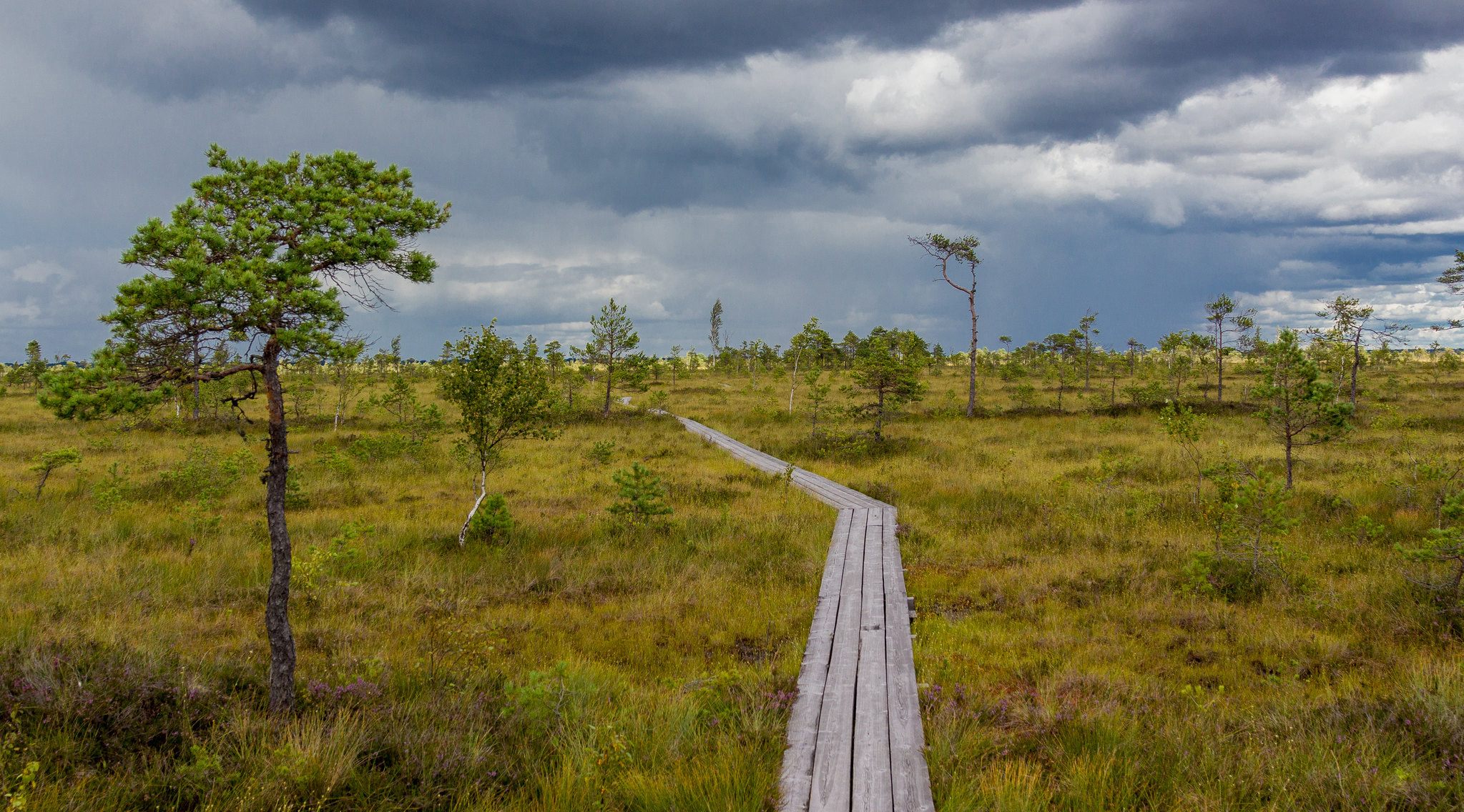When moving in nature, always remember that you are in someone’s home

Many people consider hiking in the nature and discovering new places their favourite hobby. But it should be kept in mind that nature is our common treasure and we should take care of it while hiking – in this way, future generations can enjoy the beauty of nature as well.
When moving in nature, always remember that you are in someone’s home: you should not make excessive noise and it would be better if your dog was on a leash out of care for the well-being of the forest animals. Under no circumstances should you disturb, damage, or trash the surrounding nature (for example, do not carve names, fell trees, or go off-roading).
A few principles to keep in mind when taking an environmentally friendly hike:
- Leave everything the way it was! This is the most general, internationally applicable principle for hikers and it holds true for everything, including handling your trash, moving on the trail, and camping.
- You should take everything you brought to the hike with you when you leave! You should not leave your trash, empty bottles, or even organic waste like banana peels, tea bags, or unfinished sandwiches in the nature [1].
- Do not remove anything from nature! Do not break branches, do not pick unknown and/or protected plants, do not dig up anything, and most importantly – do not take baby birds or animals home with you. You can, however, pick berries and mushrooms.
- Research your hike beforehand! Familiarise yourself with and observe nature conservation and other restrictions applicable at your hiking area. The app of the State Forest Management Centre can help you with that. If you are hiking on private property, you must observe the wishes and rules of the land owner.
- Always prefer reusable utensils over single-use ones. The same applies to your water bottle – it is better to invest in a proper hiking bottle that will serve you for years. That way, you consume less and end up saving natural resources.
- Do not make a large fire and only use the designated campfire sites! Observe the fire safety protocol during dry seasons. The Estonian Weather Service provides information on fire hazard classes. Use the wood already prepared for you or fallen branches to make fire. Do not fell trees to make a fire! Never leave a fire unattended in nature and when you leave, make sure the fire has gone out completely. If you notice a forest fire, notify the Emergency Response Centre by calling 112. If possible, use an outdoor cooker and do not make fire.
- When washing yourself or doing the dishes in nature, avoid household chemicals ending up in the water bodies. You can rinse yourself clean without using soap and shampoo and hiking dishes should be washed in a bowl, after which you should pour the water slowly into the soil.
- Camp at designated camping sites! If no such place is nearby, choose a spot where you disturb the soil the least to erect your tent. When visiting common camping sites, be considerate of other hikers – do not make a racket or listen to loud music.
- Use quality hiking equipment! If you hike often, it makes sense to invest in proper hiking equipment that can serve you for years. In that way, you consume less and end up saving natural resources. You can rent some hiking equipment or borrow it from friends (like tents, backpacks, mats, sleeping bags).
Editors: Sigrid Ots, Reigo Roasto
Last modified: 17.01.2022
__________________________________________________
[1] https://awomanafoot.com/blog/eco-friendly-trail-sustainable-hiking